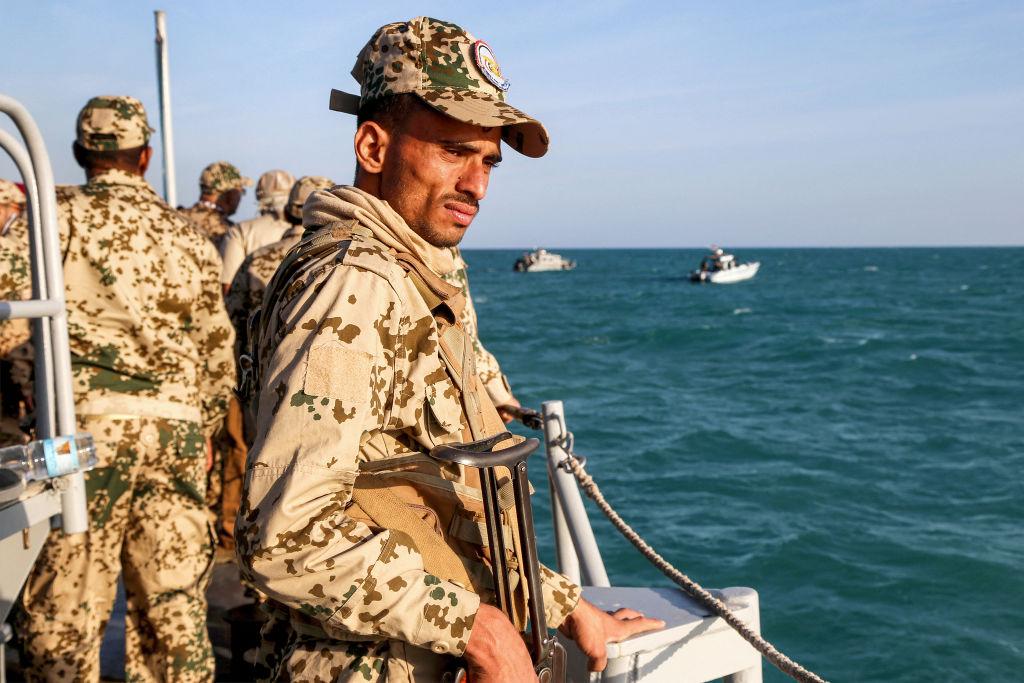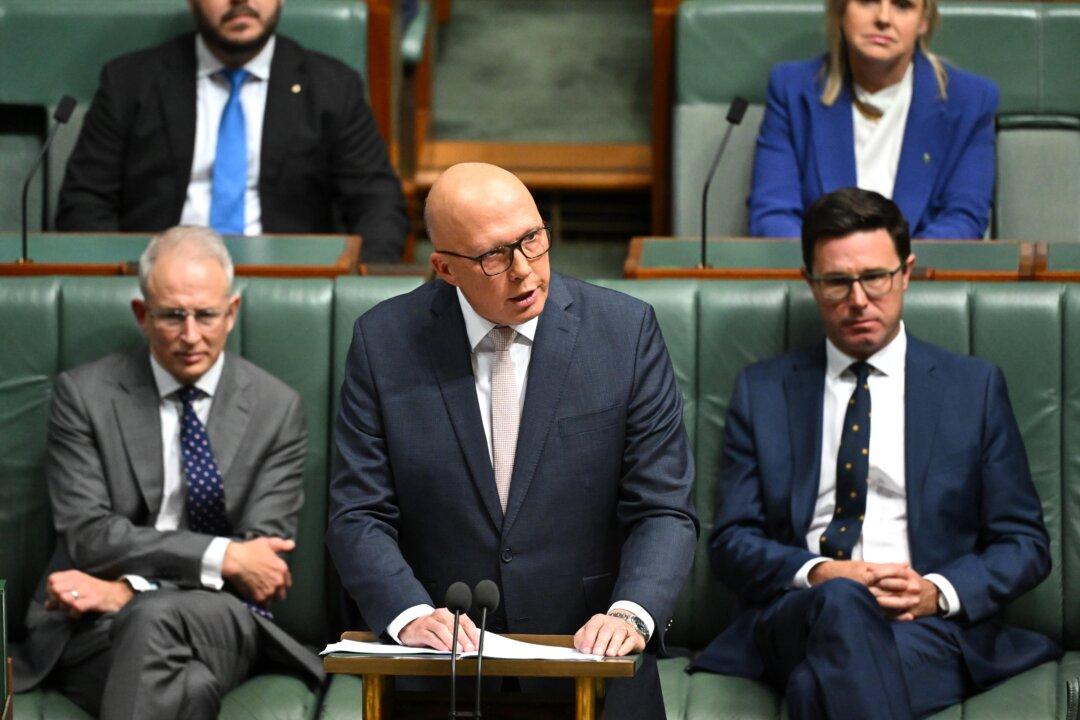Commentary
News the U.S. Navy killed 10 Houthi pirates in the Bab el-Mandeb underlines the embarrassment in the Albanese Labor government only sending 11 military personnel rather than the requested warship to assist the American operation in the area.





